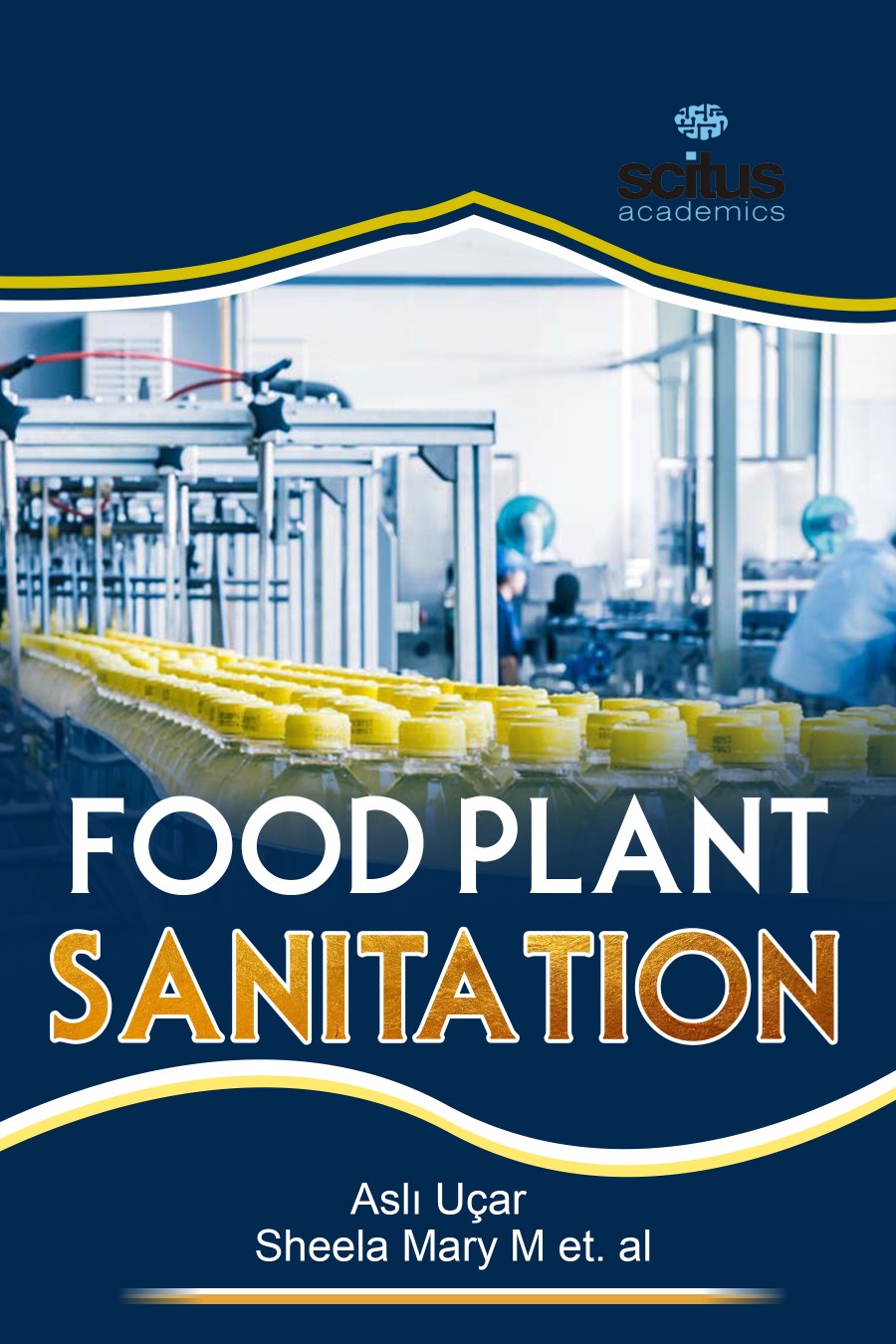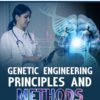Cleaning measures and programs in modern food facilities vary greatly. Such procedures depend on the product, process and equipment used, for example, the type of cleaning needed in a facility producing ready-to-eat meats might differ very much from a flourmill’s cleaning requirements. Food Sanitation is protection from contamination. With this in mind, all functions and operations must be included in a sanitation program. All food products must be protected from contamination from receiving (and before) through distribution. Contamination of the food at any stage, from production to consumption, produces bacteria, viruses, parasites, chemical agents and toxins, which eventually cause the foodborne diseases. These diseases are seen as a pervasive, permanent problem that can lead to morbidity and, occasionally, to mortality. Foodborne diseases are increasing worldwide, particularly in the developing countries, due to neglect of personal hygiene and food hygiene
Food Plant Sanitation presents the comprehensive coverage of sanitation in food processing, good sanitation practices, and the ways to establish a successful food sanitation program. Plant workers knowledge and attitude may influence food safety behavior and practice. For the sake of public health, it is important to understand the epidemiology of foodborne illnesses that help in prevention and control efforts, appropriately allocating resources to control foodborne illness, monitoring and evaluation of food safety measures, development of new food safety standards, and assessment of the cost-effectiveness of interventions. This book covers the studies on the sociodemographic characteristics, common hazards, and occupational hazards of foods, microbial risk associated with food, food safety interventions and control measures, regulatory aspects and legal requirements, financial constraints, and attitudes.
This book serves as valuable guide for graduate students, practitioners, researcher, as well as food sanitarians, and others in the food-processing industries who want to learn more about the ways and means of ensuring the quality and safety of the food we eat.













